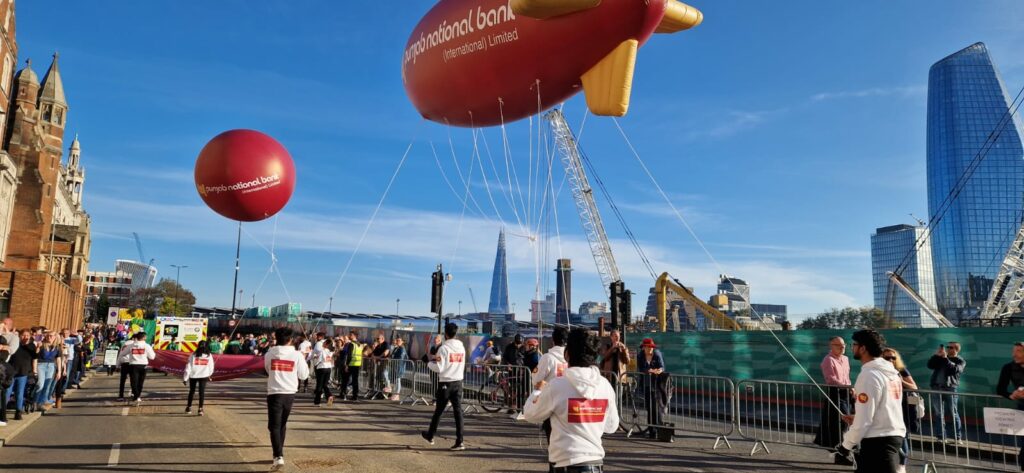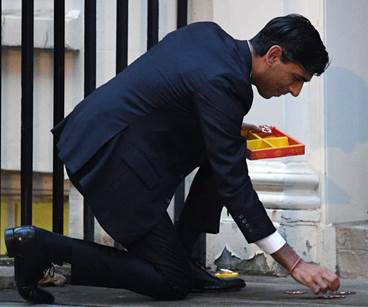There is just over a month to go for Christmas and festivities are truly upon us. The celebratory season though was already underway in Multicultural Britain. As PM Rishi Sunak’s Diwali reception at Number 10 justifiably earned valuable eyeballs. It marks a significant evolution of British Asian community, as the first ethnic PM takes guard and the popular festival revels in mainstream stature.
It is insightful to refer to a recent study conducted amongst school students by YouGov. The study revealed that more than half the number of students aged between 6 and 15 were aware about Diwali and its rituals, unlike most of their parents. This is clearly a function of cultural inputs in school as well as interactions with Asian students, the two in tandem leading to multicultural empathy.
Diwali and allied symbols of popular culture are being gradually entrenched within UK’s core ethos, with formal recognition accorded by many employers. Social media has been buzzing with pictures of Diwali parties and cocktails in various organisations. What surely aids the cause are rather pristine procedures for celebrating Diwali – spreading the message of peace and happiness is surely an universal sentiment. Just as lighting diyas is an elegant and hassle-free symbolism of the same, encouraging others to appreciate and eventually participate is relatively easy cause. The DOTS (Diwali On the Square) event held on October 9 is yet another indicator of the spontaneous multi-dimensional festivities associated with this tradition, permitting all to celebrate at their chosen pace.
In many ways, Diwali and several such cultural symbols are fine ambassadors for emerging cultural ethos of the UK, inclusive and integrated. Their ethos seems to extend seamlessly to every peace-loving citizen of the universe while merging effortlessly with national sentiments.
More recently, the Lord Mayor’s parade on the 12th of November turned out to be a truly spectacular show, with more than 130 floats representing the diversity of the nation. The Indian float, with colourful dancers was impressive in its exuberance and deeply appreciated, and we surely thank our clients Punjab National Bank and SBI UK for their full-fledged support.
It is insightful to refer to a recent study conducted amongst school students by YouGov. The study revealed that more than half the number of students aged between 6 and 15 were aware about Diwali and its rituals, unlike most of their parents. This is clearly a function of cultural inputs in school as well as interactions with Asian students, the two in tandem leading to multicultural empathy.
Diwali and allied symbols of popular culture are being gradually entrenched within UK’s core ethos, with formal recognition accorded by many employers. Social media has been buzzing with pictures of Diwali parties and cocktails in various organisations. What surely aids the cause are rather pristine procedures for celebrating Diwali – spreading the message of peace and happiness is surely an universal sentiment. Just as lighting diyas is an elegant and hassle-free symbolism of the same, encouraging others to appreciate and eventually participate is relatively easy cause. The DOTS (Diwali On the Square) event held on October 9 is yet another indicator of the spontaneous multi-dimensional festivities associated with this tradition, permitting all to celebrate at their chosen pace.
In many ways, Diwali and several such cultural symbols are fine ambassadors for emerging cultural ethos of the UK, inclusive and integrated. Their ethos seems to extend seamlessly to every peace-loving citizen of the universe while merging effortlessly with national sentiments.
More recently, the Lord Mayor’s parade on the 12th of November turned out to be a truly spectacular show, with more than 130 floats representing the diversity of the nation. The Indian float, with colourful dancers was impressive in its exuberance and deeply appreciated, and we surely thank our clients Punjab National Bank and SBI UK for their full-fledged support.


